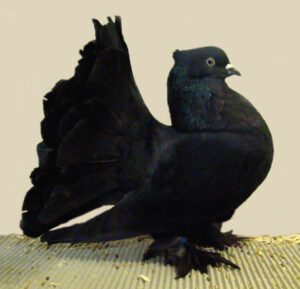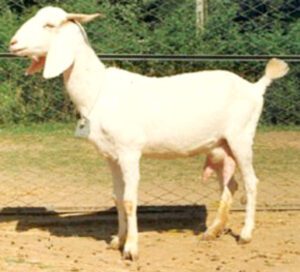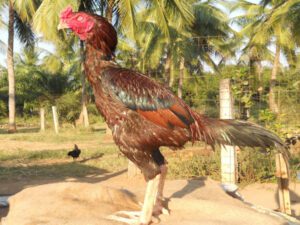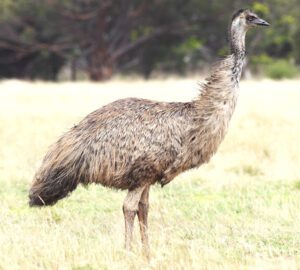The rate of commercial fish farming in India is increasing rapidly. Because fish and fish products has a huge demand in Indian market. And the consuming rate and demand of fish is increasing gradually in accordance with current population growth. Sea and rivers are the main and major source of fish.
But the amount of fish from those natural resources are gradually decreasing due to high volume of fish collection. As a result, setting up commercial fish farming business is a must to meet up the nutritional demand of Indian people.
India is blessed with large number of rivers, lakes and many natural water resources. So, there are great opportunities for setting up new career, business and income source by commercial fish farming in India.
However, here I am describing the benefits of fish farming in India and the steps for starting this agribusiness.
Benefits of Fish Farming in India
Setting up commercial fish farming business has many advantages. The main advantages of setting up commercial fish farming business in India are listed below.
- Fish and fish products has a huge demand in India. Fish is one of the most common and favorite item in the food menu of more than 60 percent of Indian people.
- Market demand and price is always high for fish and fish related products.
- Indian climate is very suitable for fish production and fish farming business.
- Various types of easily found water sources are available. You can fill your pond with water from your nearest river, lake or any other water sources.
- Various types of fast growing fish species are available. Farming those fast growing fish species ensure rapid returns of your investment.
- Easily available and low cost labor. You can also start integrated fish farming business with various types of animals, birds, crops and vegetables. Integrated fish farming reduces feeding costs and ensure maximum production.
- Fish farming in India is really very profitable and risk less business. Commercial fish farming can create new income and employment opportunities. Unemployed educated young people can start fish farming business. This will provide them both financial freedom and permanent income opportunities.
- People with other occupation or job can also start fish farming business. If you have suitable land and facilities for fish farming then you can easily start doing this business.
- If you want, you can also apply for bank loan. And there are more benefits of starting fish farming in India. My suggestion, if you have suitable land and proper facilities don’t misuse the possibilities. Start raising some fish. If you are new then start small scale farming and gather experience. You can also visit some fish farms practically to have some knowledge.

How to Start Fish Farming in India?
Starting fish farming in India is not so easy. For setting up profitable fish farming business, you have to go through some procedures. Here we are trying to describe more about various steps of fish farming in India.
Step 1. Learn Practically
First of all, you have to learn practically about fish farming business before starting. Having practical experience is very important in this business. Try to consult with some existing farmers in your area and try to visit as much fish farms as you can within your area. You can also consider completing a fish farming training.
Step 2. Pond Preparation
The most important infrastructure of fish farming business is a pond. We can’t do commercial fish farming business without a pond. You can use your existing pond or construct a new one for fish farming in India.
We can raise fish in both seasonal and permanent pond. In case of fish farming in seasonal pond where water will not exist for whole year, we have to raise some fast growing and quick maturing fish breeds.
Before stocking minnow in the pond prepare it properly. Clean the bottom of the pond perfectly and then fertilize it. Optimize the PH value of pond water and soil. High quality pond environment ensure high production and profit. See full pond management system.
Step 3. Select Right Fish Species
Selecting proper fish breeds play a vital role in the overall production and profit. Always try to raise the fish breeds that are suitable for your area. While selecting fish breeds consider some factors like market demand of fish, maintaining facilities, natural facilities for fish farming, great source of sufficient amount of water, effective utilization of resources and some other factors.
Katla, Rui, Grass Carp, Silver Carp, Common Carp, Tilapia, Koi, Shrimp, various types of catfish etc. are very suitable fish breeds for farming in freshwater pond. For proper utilization of pond and water resources you can raise numerous fish breeds together. For quality minnow you can contact with your nearest fish breeders or fisheries department.
Step 4. Ensure Good Quality Feeding
Good and high quality fish feed can maximize the overall production. Most of the farmer in our country depends on natural feeds of pond. But for commercial production you must have to provide the fish high quality and nutritious food.
You can also apply various types of integrated fish farming systems. Highly profitable and most popular integrated fish farming systems are fish-poultry, fish-dairy, fish-duck, fish-pig, fish-paddy, fish-goat and fish-vegetables.
Step 5. Ensure Good Care And Management
Along with good pond environment and high quality feeding, you also have to take good care of your fish. Especially the growing fish need more care and management. Always test the PH level of water.
Pond water with PH level 7 to 8 is best for suitable fish farming. Prevent entrance of various types of predators. Always take necessary steps against various types of fish diseases. It is said that preventing diseases is better than curing it. So always try to take good care of your fish and pond.
Step 6. Harvesting
Timely harvesting is very important for making maximum profits. So, harvest the fish timely when they reach marketing size. Exact harvesting time depends on the fish species and market demand.
Step 7. Marketing
Without proper marketing facilities you can’t desire good production. The main facility of commercial fish farming in India is that, you can easily sell your products in proper price. Most of the Indian fish farmer used to sell their products in nearest local market. Indian fish also has huge demand in international market. You can ensure more profit by exporting the fish to foreign countries.
For international marketing from India a farmers association should setup. So that we can easily sell our products in international market for gaining more profit. Fish farming in India is such a business that can never evaporate. Demand of fish is increasing in accordance with population growth and the demand will increase even more in near future.
So there is a good opportunity of earning and employment from fish farming business. Fish farming in India can also help greatly for eradicating poverty, hungry and unemployed problem from our country. Hope this guide has helped you. Good luck and may God bless you!







Good , helpful for anyone wanting to take up fish farming .
Halder all fish seed supplier and farming information, contact 8101093675
I would like to start bio fish buisness near by Anand district